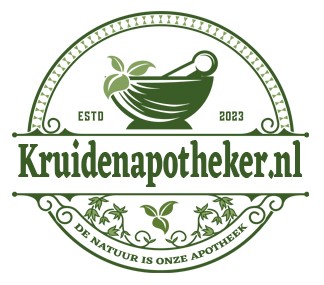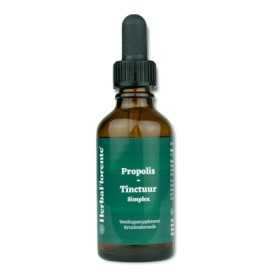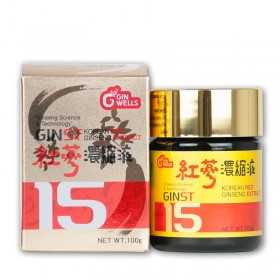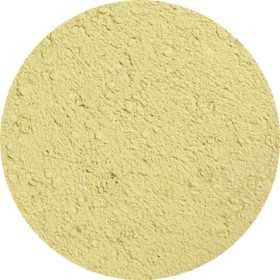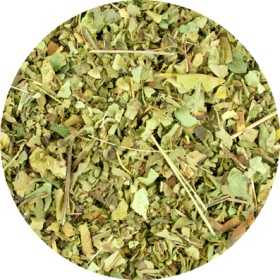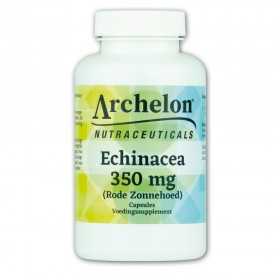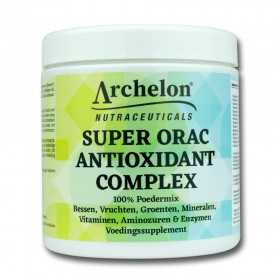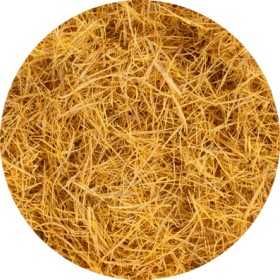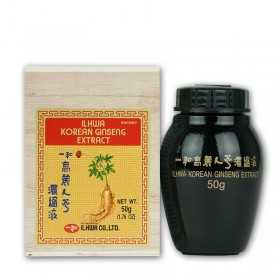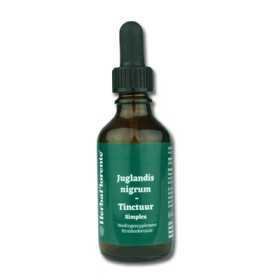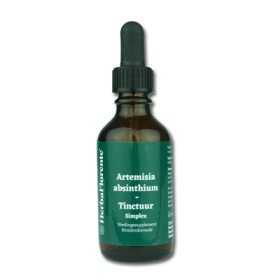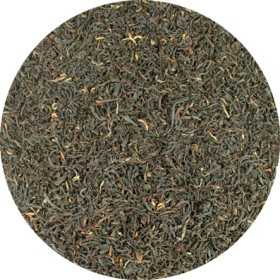New products
There are 3 products.
Black Walnut Tincture - Juglandis nigrum Tincture
Single herbal tincture made with the dried husk of Juglandis nigrum (Black Walnut).
The husk of the black walnut (Juglans nigra) comes from the immature fruit of the black walnut tree (Juglans nigra).
Black walnut (Juglans nigra, also known as 'black nut') is a type of walnut that grows naturally only in the United States and Canada, hence the term American black walnut. Juglans nigra belongs to the walnut family.
The husk of the black walnut (Juglans nigra) comes from the immature fruit of the black walnut tree (Juglans nigra).
Black walnut (Juglans nigra, also known as 'black nut') is a type of walnut that grows naturally only in the United States and Canada, hence the term American black walnut. Juglans nigra belongs to the walnut family.
€10.95
Wormwood Tincture - Artemisia absinthium Tincture
Single herbal tincture made with dried herb of Artemisia absinthium (Wormwood).
Wormwood (Artemisia absinthium) is a plant in the Asteraceae family. This species is listed on the Dutch Red List of Plants as relatively rare and moderately declining. It is a perennial plant that grows naturally in dry, calcareous, nitrogen-rich, and cultivated soils in temperate regions of Europe, Asia, and North Africa. The genus name Artemisia is derived from the Greek goddess of hunting, Artemis.
Wormwood (Artemisia absinthium) is a plant in the Asteraceae family. This species is listed on the Dutch Red List of Plants as relatively rare and moderately declining. It is a perennial plant that grows naturally in dry, calcareous, nitrogen-rich, and cultivated soils in temperate regions of Europe, Asia, and North Africa. The genus name Artemisia is derived from the Greek goddess of hunting, Artemis.
€10.95
Black Tea Assam - Camellia sinensis
Black Tea Assam is a black tea from the state of the same name in India. Since 1838, this tea has also been drunk outside India, but in the first 25 years it could not compete with the already popular Japanese and Chinese teas, which had been popular in Europe since the 17th century. Today, about half of the total Indian tea production comes from Assam, making this region more popular than the other famous Indian teas: Darjeeling and Nilgiri.
€2.95
From: €2.95
